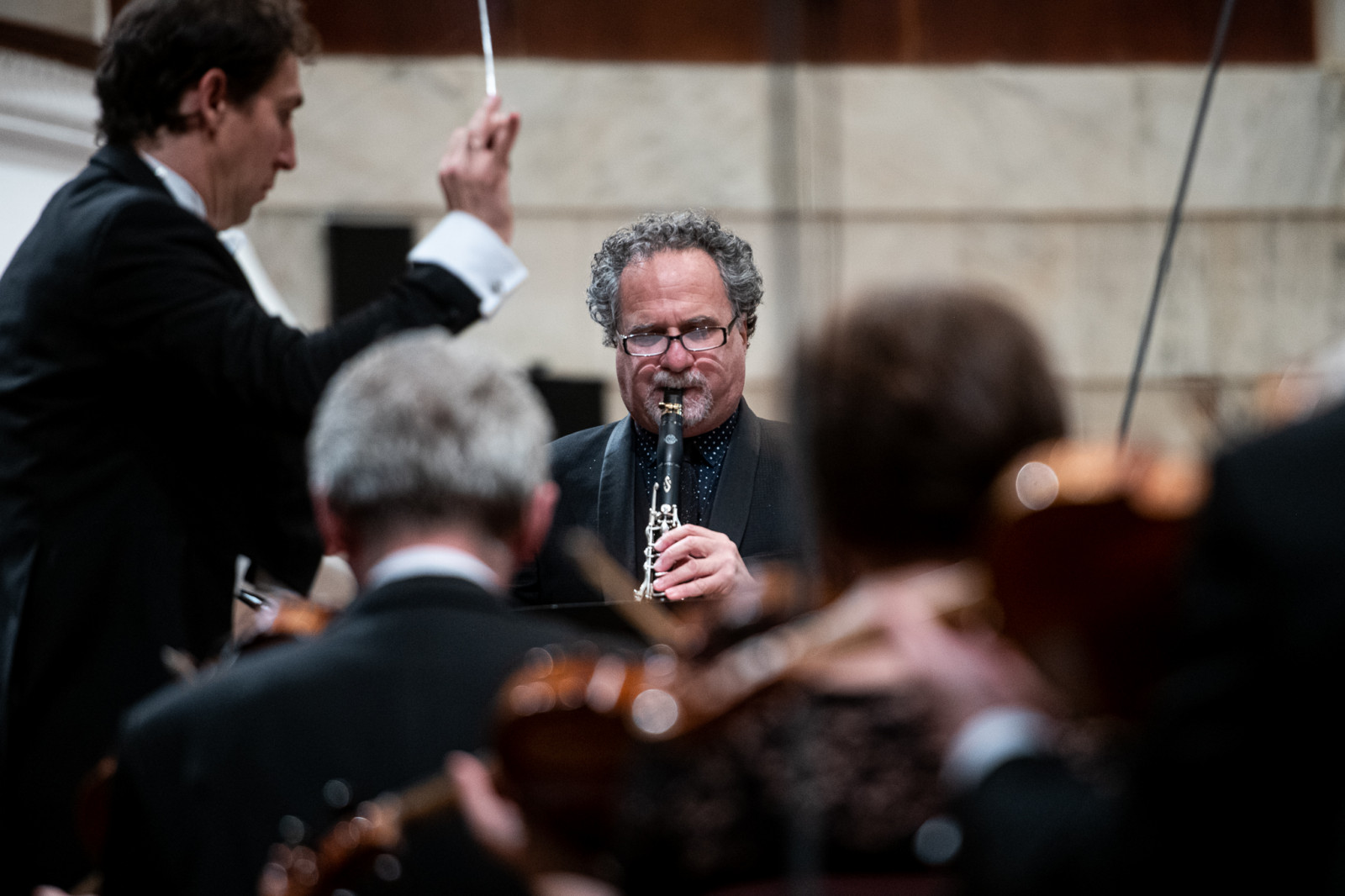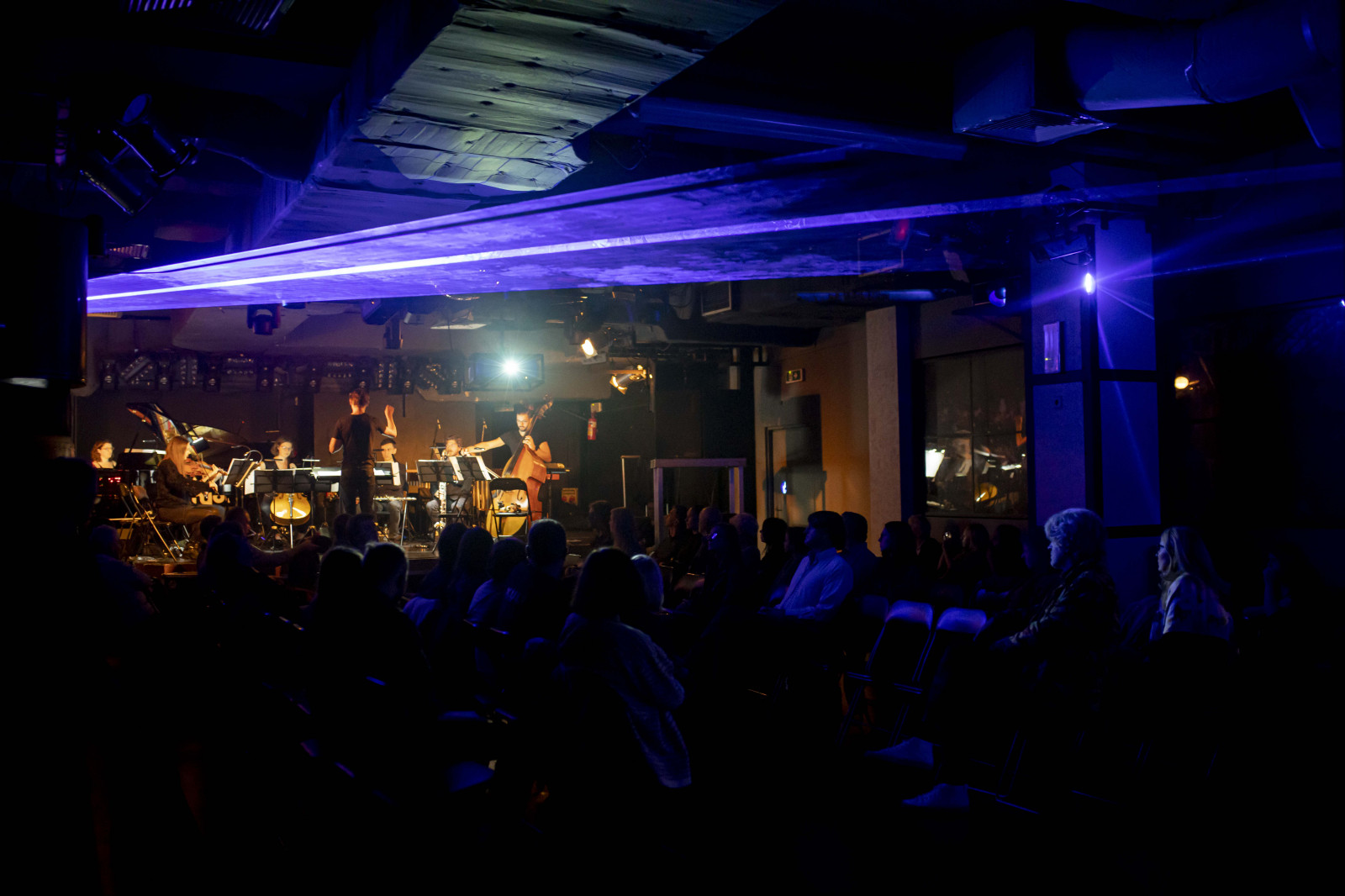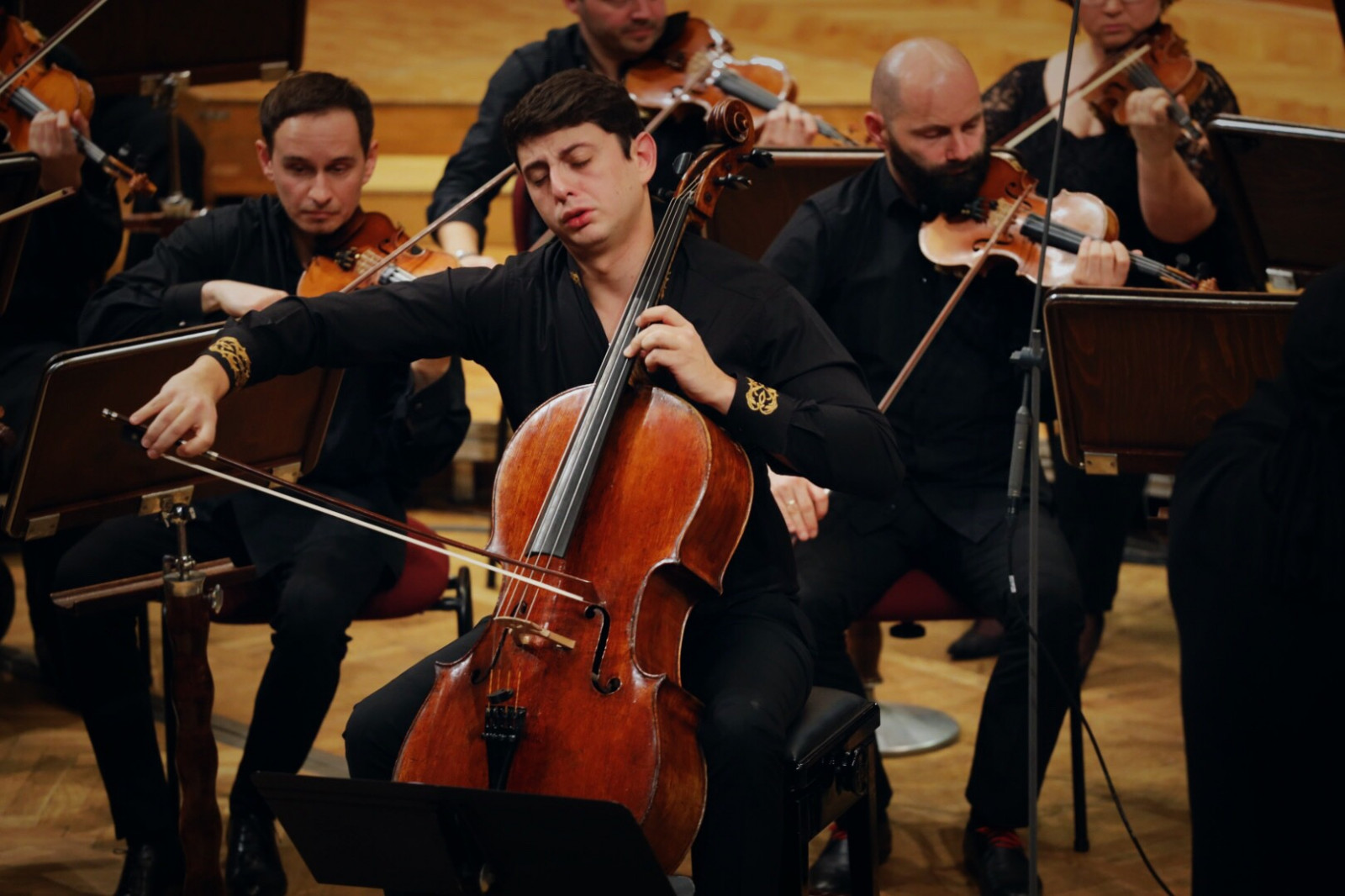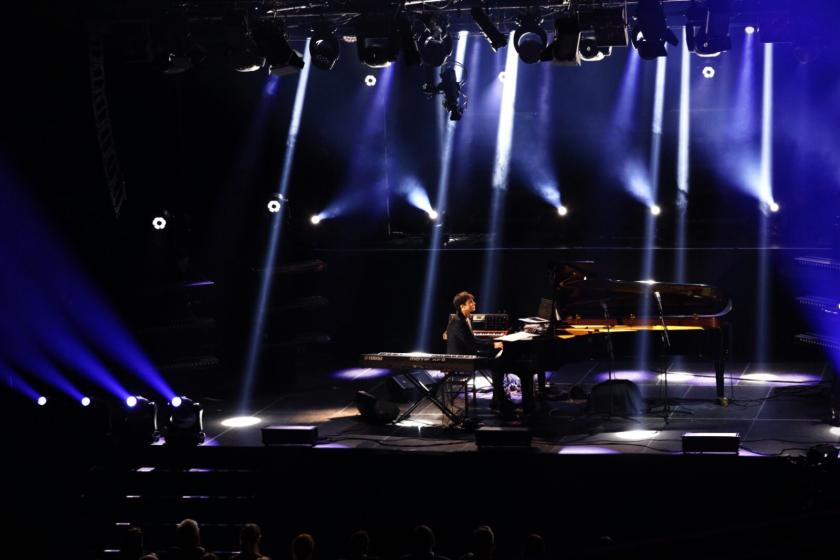The new "eufonie" festival is dedicated to the music of Poland and its neighbouring countries. This is its second year, and the scale of the project has increased substantially from last year’s first run. The programme is primarily classical music, with a strong focus on works written since the fall of communism, but several new strands have been added, bringing contemporary dance, klezmer, and even a club night, into the mix. Polish music figures large, not least in the opening and closing concerts, featuring respectively a Lutosławski symphony and a Penderecki oratorio.
Even so, it is hard to escape the politics. The cultural institutions of Poland remain closely aligned with the government, through administrative systems little changed since the Communist era. Now that the right-wing government, dominated by the Law and Justice Party, is firmly established, those links are coming under greater scrutiny. But there is nothing underhand about the government’s involvement with the eufonie festival. The opening gala began with a speech from Jarosław Sellin, the minister of culture, taking credit for instigating the festival. And for many in Poland the subtext is clear: Poland and its neighbours proudly demonstrating their identity and independence since the end of communism. Significantly, too, the logo of the festival is a large, stylised "F", the third letter of the name, conveniently bypassing the first two – "EU".
Fortunately, the organisation for the festival falls to the National Centre for Culture, a government body tasked with disseminating culture as widely as possible in Poland, and they have taken a remarkably wide brief. Yes, the programmes here are all designed to illustrate modern culture in eastern Europe, but it’s not all celebration and joy, with many of the events acknowledging darker realities, and others embracing the contributions of musicians from the west, including émigré composers with obvious intention to return. A varied picture, then, with nationalist intent only apparent from the most wilful of readings.
The festival also showcases orchestral talent from around the country, and the opening concert was given by the NOSPR, the radio orchestra of Katowice, conducted by Rossen Gergov. The surprising work on this programme was Lament/Witches Sabbath by American composer Mathew Rosenblum. The work addresses the composer’s Ukrainian-Jewish family background and the persecution and emigration of his grandparents, through taped interviews, folk tunes, and, most engagingly, a klezmer from clarinettist David Krakauer (pictured above by Rafał Kudyba). The piece, which was premiered in Pittsburgh in 2018, is conceptually engaging, even if it doesn’t all work. One impressive idea is the transfer of a folk song from the taped singing voice over to the orchestral violins, becoming more abstract and ethereal in the process. Gratuitous quotes from the Berlioz Symphonie fantastique added little. But all was redeemed by Krakauer’s astonishing klezmer, his searing clarinet tone riding across the orchestra, his continual ornamentation providing much-needed interest.
The Saturday programme began in church, with a choral concert at the impressive Basilica of St John the Baptist in the old town, given by the Estonian choir Collegium Musicale conducted by Endrik Üksvärav. The programme followed a tried and tested formula, combining Polish composer Paweł Łukaszewski with Estonian Arvo Pärt, though all of their works here were new, the earliest from 2012. Nothing much changes in the world of religious minimalism, so there were few surprises here. If anything, Arvo Pärt is becoming less doctrinaire, his music as ethereal and transparent as ever, but now guided more by the simple inflection of his texts (one of them in Estonian) than by the rules and archaic models of his earlier works. A short work by Erkki-Sven Tüür, The Wanderer’s Evening Song (2001), was a surprise addition, but it found the composer in an unusually serene mood, only a small step from Pärt’s minimalist aesthetic.
After the supercharged klezmer of Rosenblum’s work the previous evening, the Sejny Theatre Klezmer Orchestra was a welcome extension of the theme. This orchestra is a youth project, based in the east of Poland and designed to reinvigorate the area's Jewish musical traditions, albeit with non-Jewish musicians. The sheer youth of the ensemble was remarkable, with several players pre-teen. But the format proved effective, with tunes led from the accordion and the ensemble taking up the catchy riffs. After a few numbers, Krakauer himself returned, and led the remainder of the concert. Not surprisingly, he stole the show a second time.
The early evening concert the following day took place in an underground club, the Hybrydy. This was a showcase of new works by young Lithuanian and Polish composers by the Lithuanian ensemble Synaesthesis (pictured above by Alicja Szulc). The concert also included a light show and projections, the visual element also a collaboration between Lithuanian and Polish artists. Not for the first time in this festival, the official patronage rubbed uneasily against the more radical, anti-establishment content. Classical concerts in eastern Europe usually end with the audience clapping in unison, while the artists are presented with bouquets of flowers. None of that stands out in a traditional concert, but it did here. Nevertheless, the works and the performances were all excellent, and the light show continually engaging. The projections ranged from laser beams in dry ice – down the rows of the audience – to short films about street life in eastern European cities. The most powerful work was Connected by Piotr Bednarczyk. Low woodwinds predominated here, often playing in the very highest register. A lasting aural impression was the attenuated sound of the contrabass clarinet, strangulated but piercingly loud on a held high note, and appearing in only brief flashes through brutal strobe lighting.
A return to eastern minimalism proved a soothing transition into Sunday’s main concert, with works by Silvestrov and Kancheli opening the programme from the AUKSO, the chamber orchestra based in the city of Tychy in the south of Poland. Adding Panufnik, Pēteris Vasks and Bartók allowed the programme to cover an impressive six eastern European counties. The highlight here was the rarely heard Panufnik Cello Concerto. This was his last large-scale work, completed in the year of his death, 1991. It’s a reflective and inward looking piece, even in its vivace second movement, a reason perhaps for its neglect. But cellist Narek Hakhnazaryan (pictured below by Alicja Szulc) demonstrated how a keen sensitivity to the shades and nuances of Panufnik’s writing can produce remarkably nuanced and expressive effects.
The late-night offering was another surprise, a concert titled “Conversations with Wojciech Kilar”, from pianist Francesco Tristano. Kilar, who died in 2013, was a versatile and prolific Polish composer, but he is best known in the West for his film scores, especially those for Roman Polanski and Francis Ford Coppola. That’s how Tristano, who is from Luxembourg, first heard of him, and this programme was a high-tech reimagining of some of those film scores, with Tristano improvising freely on Kilar’s themes. He uses electronics along with his piano – synthesiser, loops, and delays to the piano itself, and the results covered an impressive range of styles, from the jazz improvisation of Keith Jarrett, via the analogue stylings of Wendy Carlos, right up to the stadium spectacles of Jean-Michel Jarre.
Concerts in the eufonie festival continue for another week in Warsaw, and there is plenty more variety to come. The Pavel Haas Quartet explore some eastern string quartet repertoire, and Max Emanuel Cenčić sings in an intriguing Poland-themed opera, Gismondo, re di Polonia by Leonardo Vinci. Anniversary composer Mieszysław Weinberg gets all-star treatment, his Violin Concerto performed by Gidon Kremer and the Warsaw Philharmonic. And finally, a gala send-off, with the Penderecki Polish Requiem. That work is dedicated to Lech Wałęsa and commemorates heroes and victims of Poland’s recent history. But it does so in abstract terms, as a Requiem Mass setting – like the festival itself, a musical statement that impressively transcends the politics of its inception.














Add comment